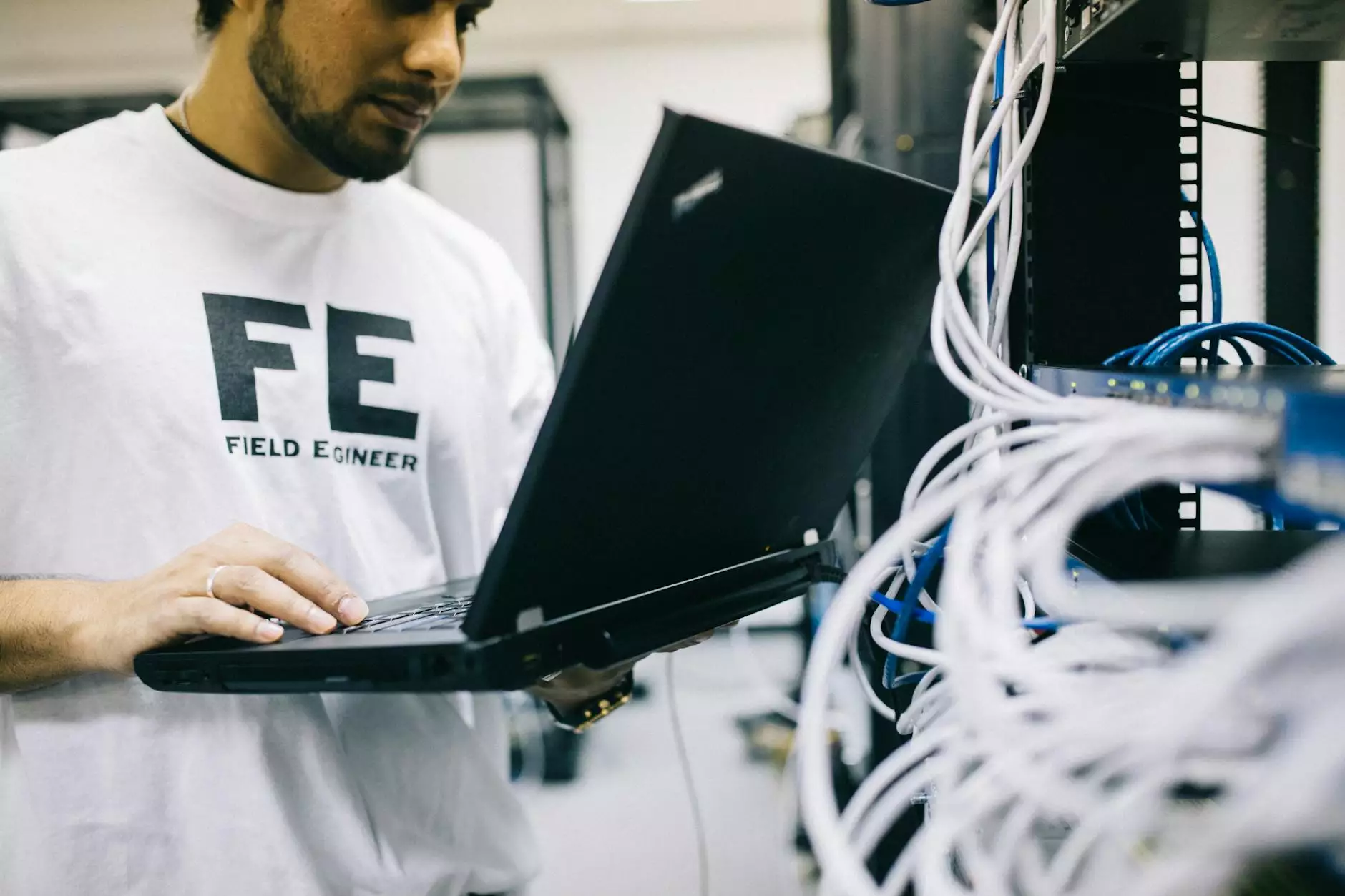ERC-721 vs ERC-1155: Which is Better for NFTs?
Technology
Introduction
Welcome to SEO On Line Marketing Results' guide comparing ERC-721 and ERC-1155 token standards for Non-Fungible Tokens (NFTs). In the booming NFT market, understanding the differences between these two standards is crucial for businesses and individuals venturing into the world of digital collectibles.
What are ERC-721 and ERC-1155?
ERC-721 and ERC-1155 are Ethereum token standards specifically designed for creating and managing NFTs. NFTs are unique digital assets that can represent ownership or proof of authenticity for various digital and physical items, including artwork, music, virtual real estate, and more.
The ERC-721 standard was introduced by William Entriken, Dieter Shirley, Jacob Evans, and Nastassia Sachs in early 2018. It allows each token to have a unique identifier, making it ideal for representing distinct items within a collection.
On the other hand, the ERC-1155 standard, proposed by Enjin, offers a more flexible approach. It enables the creation of both fungible and non-fungible tokens on the same contract, allowing for greater efficiency and cost-effectiveness when managing multiple tokens.
Distinguishing Features
ERC-721
ERC-721 tokens have the following characteristics:
- Uniqueness: Each token within a collection has a distinct identifier, allowing for precise identification and ownership verification.
- Indivisibility: ERC-721 tokens cannot be divided into smaller units like cryptocurrencies. They represent whole items.
- Interoperability: ERC-721 tokens are compatible with various platforms, including marketplaces, games, and decentralized applications (dApps).
- Scarcity: The fixed supply and uniqueness of ERC-721 tokens make them suitable for representing rare and limited-edition assets.
- Creativity: Content creators and artists can leverage ERC-721 tokens to showcase their work and generate value through digital ownership.
ERC-1155
ERC-1155 tokens offer the following notable features:
- Flexibility: ERC-1155 allows the creation of both fungible and non-fungible tokens within the same contract, providing more versatility for various use cases.
- Reduced Gas Costs: With ERC-1155, developers can optimize gas usage by managing multiple tokens within a single smart contract, potentially reducing transaction fees.
- Bulk Transfers: It enables the efficient transfer of multiple tokens in a single transaction, streamlining operations for game developers and collectible projects.
- Backward Compatibility: ERC-1155 tokens are backward compatible with ERC-20 and ERC-721 standards, enabling seamless integration with existing platforms.
- Futureproofing: The combination of fungible and non-fungible tokens in the same contract makes ERC-1155 prepared for future innovations and evolving market demands.
Use Cases
ERC-721
ERC-721 tokens are particularly suitable for use cases such as:
- Collectibles: ERC-721 has powered the rise of digital collectibles, allowing for the ownership and trading of unique virtual assets like digital art, virtual items in video games, and exclusive limited-edition content.
- Digital Art Marketplaces: Artists utilize ERC-721 tokens to tokenize their artwork, enabling the creation of provably scarce and valuable digital assets that can be bought, sold, and displayed on NFT marketplaces.
- Certification and Authenticity: With each token being unique, ERC-721 is used to create NFTs that serve as certificates of authenticity for physical assets, proving ownership and uniqueness.
ERC-1155
ERC-1155 tokens find application in diverse scenarios:
- Gaming Industry: ERC-1155 empowers game developers to manage both fungible in-game currencies and unique in-game items within a single contract, offering interoperability and enhanced gaming experiences.
- Marketplace Efficiency: By using a single contract for multiple tokens, ERC-1155 significantly reduces gas costs and enhances the overall efficiency of decentralized marketplaces where multiple items can be traded simultaneously.
- Tokenization of Real-World Assets: The flexibility of ERC-1155 allows for fractional ownership and trading of real-world assets such as real estate or ownership shares in physical objects.
Conclusion
Both ERC-721 and ERC-1155 have their unique strengths, making them suitable for different NFT use cases. In summary:
- ERC-721 excels in scenarios where uniqueness and individual token identification are paramount, such as digital collectibles and certifying authenticity.
- ERC-1155 offers flexibility and efficiency, particularly for game developers, marketplaces, and tokenizing real-world assets.
When choosing between ERC-721 and ERC-1155, it's crucial to consider your specific requirements and project objectives.
At SEO On Line Marketing Results, we understand the immense potential of NFTs and the impact they can have on businesses and individuals. Contact us today to leverage our expertise in digital marketing and blockchain to maximize the success of your NFT projects.




